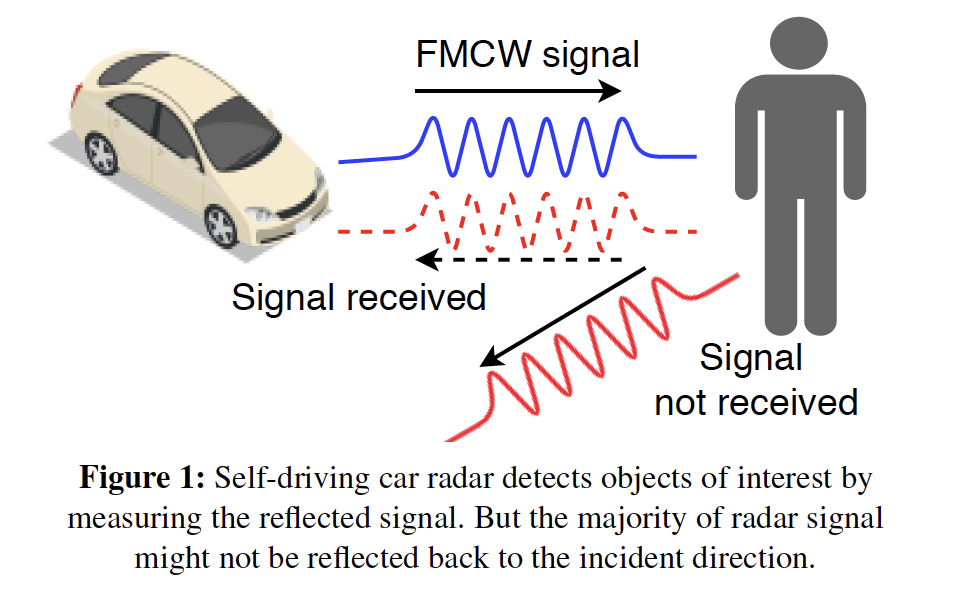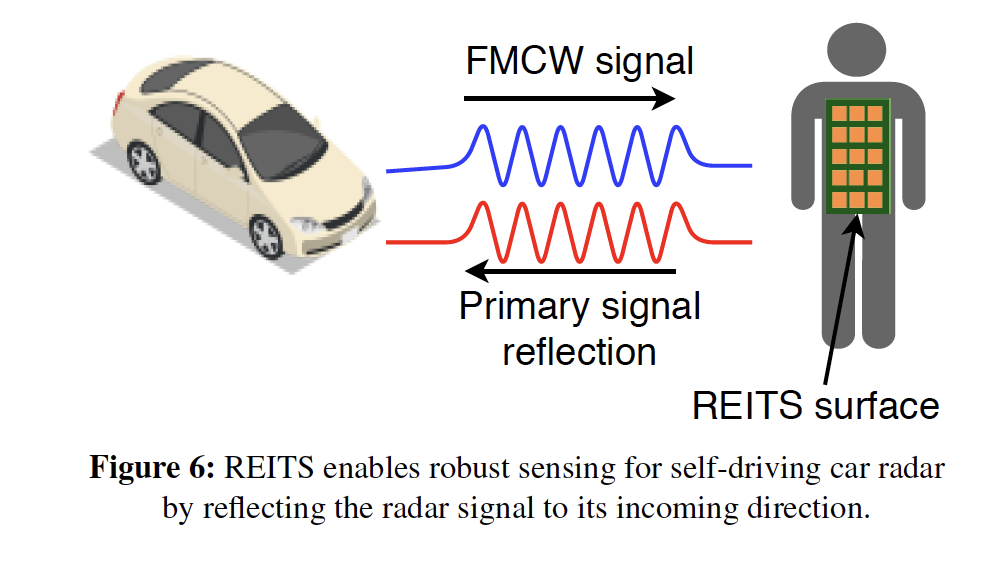Researchers at Princeton University have developed a wristband that could help driverless cars detect people and objects from further away. The radar reactor attempts to rectify the vulnerability of driverless cars’ obstacle-avoidance sensors to obscuration from snow, rain, fog, dust or other conditions.

The wristband works off the driverless cars’ radar sensors, similar to the way reflective strips worn by pedestrian or cyclists reflect the optical beams from car headlights. Reflective Surface for Intelligent Transportation Systems (REITS) concentrate the radar signals and bounces them back to sensors on the car. REITS was developed at the Princeton Advanced Wireless Systems (PAWS) research group led by professor Kyle Jamieson.
“Both the pedestrian and the cars are working together towards the same goal, which is to make everyone safer,” said Zhuqi Li, a Ph.D. student in computer science at Princeton of his idea. “Previously, people pushed very hard on the car side and tried to detect everything. It might be helpful to spend just a little more energy on the pedestrian side. I think we should try to explore every chance to make people safer.”
In a paper co-authored by Li with fellow student Can Wu and four others, presented at the 22nd International Workshop on Mobile Computing Systems and Applications (HotMobile 2021), the PAWS group states:
“REITS is a programmable surface that can be attached to the surface of an object so that it can have consistently high radar cross-sector (RCS) in the view of the self-driving car radar. As shown in Figure 6, REITS can reflect most of the signal back in its incoming direction so that the radar system can collect a high (signal-to-noise ratio) SNR signal for sensing and detection. Augmented with programmability, REITS can also transmit object identification information with on-and-off keying modulation.
“To realize such a goal, REITS’ design includes two critical components: a programmable surface that can beamform the radar signal back in the incident direction, and a mechanism that transmits object identification information to the radar system. REITS’ design does not require any hardware modifications to the existing self-driving radar system. It is anticipated to be deployed where a maximal RCS is desired for enhancing radar detection, such as pedestrians, cyclists, and vehicles.

“In addition, the design of REITS does not involve any electronic elements with high power consumption (e.g. amplifier or ADC) so that the whole surface can operate at an extreme low-power constraint. REITS takes a different approach by implementing a blind beamforming design to enable an array of antennas beamforming the radar signal back to its incident direction.”
In one test, the team increased the maximum detection distance of a sensor from 10 meters to 36 meters.

